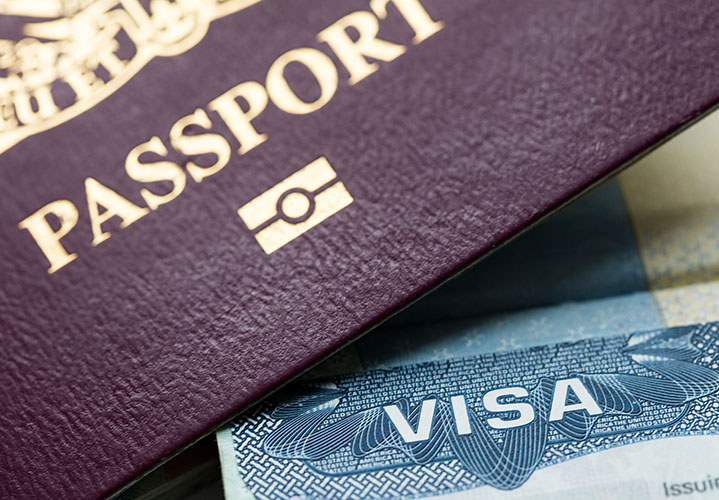The new health and care visa will provide fast-track entry and reduced application fees for those working in eligible skilled occupations with confirmed job offers from the NHS, organisations providing services to the NHS and the social care sector.
Eligible occupations are more than just doctors and nurses; they also include opticians, physiotherapists and even biological scientists and biochemists. However, it is hard to see how much use this will be to the social care sector, when most of its workers are not on the list of eligible occupations. Even for some of the senior care worker roles that may be sufficiently skilled under the more general sponsorship route next year, the low wages paid in this sector could mean they still do not qualify.
This, unfortunately, is a lost opportunity to address the skills shortages within the sector, which will only become more pronounced once the Brexit transition period ends in December and social care employers can no longer employ European nationals so easily.
Graduate route
There is welcome news, however, in that the graduate route will allow international students graduating with a bachelor’s or master’s degree from a UK university to remain in the UK for two years post-graduation, and those graduating with a PhD to remain for three years. Importantly, this will only be available for those graduating from summer 2021, which will undoubtedly be frustrating for this year’s cohort of international graduates. It will, however, provide a helpful bridge for recent graduates to start their careers in the UK and move on to longer-term visas in the future.
Relaxation on the switching rules
Another positive update in the document is its plans to relax visa switching rules. The current rules are fairly stringent on when it is possible to ‘switch’ from one type of visa category to a different visa category from within the UK. For example, where an individual is working for a UK employer under a Tier 5 (youth mobility scheme) visa and the employer then wishes to sponsor them under Tier 2 (general), that individual cannot apply for the Tier 2 leave from within the UK but must return to their home country and apply for new entry clearance from there. Often, this involves several weeks of being out of the UK until the new visa has been issued. This has been a source of frustration for individuals and employers alike and these changes are a sensible approach to making the immigration system more streamlined.
Low-skilled migration
Of course, the key driver for all the forthcoming immigration changes is to treat EU and non-EU nationals equally in the immigration system, with the Brexit vote taken as the mandate for this. Now, holding an EU passport will no longer provide any particular benefit when individuals want to relocate to the UK from January 2021 onwards.
However, the government’s determination to be seen as ‘tough’ on immigration may well prove disastrous for UK employers relying on low-skilled labour from Europe, such as the retail and hospitality sectors. The new immigration system provides no route for low-skilled migration and, with these kinds of sectors already suffering from Covid-19 and Brexit, this is another blow.
The long-awaited document did provide some good news and clarity, but it is clear that many sectors are still set to suffer post-Brexit.
First seen in People Management. Reproduced with permission.

 Jackie Penlington
Jackie Penlington